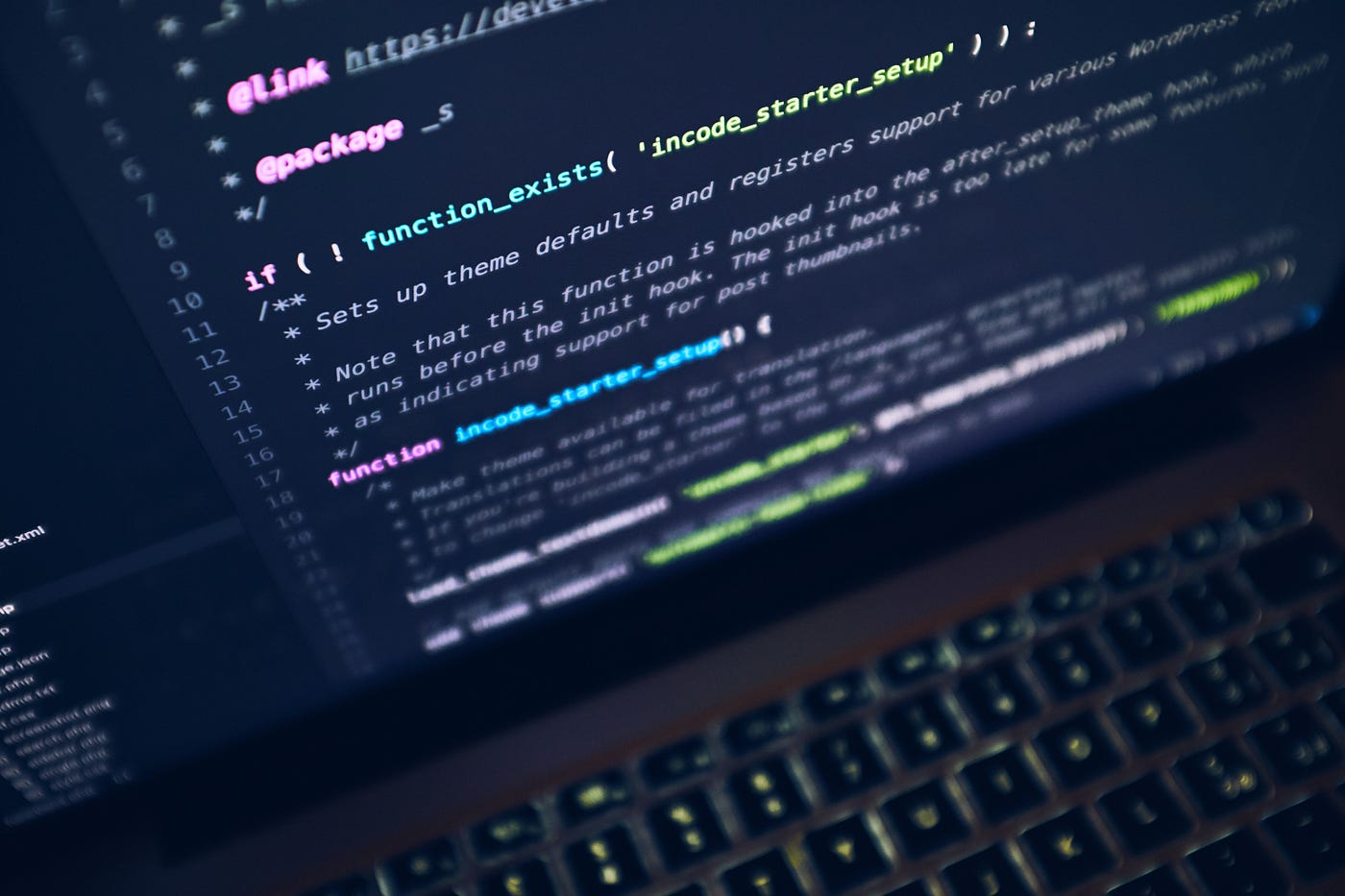Module 1: Basic Python Programming
1.1 Introduction to Python
- Overview of Python and its applications
- Setting up the Python development environment (Installation of Python and IDEs like PyCharm, VSCode, Jupyter Notebooks)
- Writing and running the first Python program (
Hello, World!) - Python syntax and structure
1.2 Python Basics
- Variables and data types (int, float, string, boolean)
- Constants and variable naming conventions
- Type conversion (casting between types)
- Arithmetic, comparison, and logical operators
1.3 Control Flow
- Conditional Statements:
if,elif,else - Logical operators (
and,or,not) - Loops:
forloop,whileloop- Using
range()and looping techniques - Control flow in loops (
break,continue,pass)
- Using
1.4 Functions
- Defining functions using
defkeyword - Parameters and return values
- Variable scope (local and global variables)
- Recursion in Python
1.5 Data Structures
- Lists and list operations (indexing, slicing, appending, sorting)
- Tuples and tuple operations
- Sets and set operations (union, intersection, difference)
- Dictionaries (key-value pairs, adding, removing, accessing values)
1.6 File Handling
- Opening, reading, and writing files
- Working with text files using
open() - Using
withto handle file operations (auto-close) - Reading and writing CSV files
Module 2: Intermediate Python Programming
2.1 Object-Oriented Programming (OOP) Basics
- Introduction to OOP: Concepts and Terminology
- Classes and objects
- Instance variables and methods
- The
__init__()constructor
- Inheritance and Polymorphism
- Method overriding
- Using
super()
- Encapsulation: Public, Protected, Private Members
- Getter and setter methods
2.2 Working with Modules and Packages
- Importing and using Python modules
- Creating and using custom Python packages and modules
- Introduction to built-in Python libraries (e.g.,
math,random,datetime)
2.3 Exception Handling
- Introduction to errors and exceptions
- Try, except, and finally blocks
- Raising exceptions with
raise - Handling specific exceptions (e.g.,
ValueError,IndexError) - Custom exceptions and error handling in Python
2.4 Advanced Data Structures
- Advanced list techniques (list comprehension)
- Dictionaries and sets in-depth
- Nested dictionaries and sets
- Collections module:
namedtuple(),Counter,deque,defaultdict
2.5 Working with Regular Expressions
- Introduction to regular expressions (regex) in Python
- Using
remodule- Matching patterns, searching, and replacing
- Practical examples of regex (validating email, phone number)
2.6 Working with JSON and XML
- Parsing and writing JSON data
- Introduction to
jsonmodule - Parsing XML with
ElementTree
Module 3: Advanced Python Programming
3.1 Advanced Object-Oriented Programming (OOP)
- Abstract Classes and Interfaces
- Using the
abcmodule andABCclass - Abstract methods
- Using the
- Multiple Inheritance in Python
- Class and Static Methods
@classmethod,@staticmethod
- Magic Methods (Dunder methods)
__str__(),__repr__(),__len__(),__add__()
3.2 Working with Databases (SQL)
- Introduction to databases in Python
- Connecting Python to databases using
SQLite3andMySQL - Executing SQL queries (INSERT, SELECT, UPDATE, DELETE)
- Using
sqlite3module for database management - Fetching data from databases and processing it in Python
3.3 Advanced Functional Programming in Python
- Understanding Functional Programming concepts
- Using
lambdafunctions andfilter(),map(),reduce() - List comprehensions and generator expressions
- Higher-order functions and decorators
- Working with
functoolsmodule
3.4 Python Multithreading and Concurrency
- Introduction to threads and processes
- Using
threadingmodule for parallelism - Thread synchronization and locks
- Understanding the Global Interpreter Lock (GIL)
- Using
multiprocessingmodule for concurrent execution - Asynchronous programming with
asyncio
3.5 Performance Optimization
- Profiling Python code using
cProfile - Understanding time complexity (Big-O notation)
- Optimizing loops and function calls
- Using built-in Python modules for performance (
itertools,functools,collections) - Memory management and garbage collection in Python
3.6 Python for Web Development (Optional)
- Introduction to web frameworks: Flask or Django
- Creating a simple web application with Flask
- Working with templates and rendering HTML
- Handling HTTP requests and routing
- Storing data in a database with Flask/Django
3.7 Networking in Python
- Introduction to networking with Python
- Using
socketmodule for networking - Creating client-server applications with Python
- Working with protocols (TCP/IP, UDP)
- Sending and receiving data through sockets
Module 4: Final Project and Practice
4.1 Capstone Project
- Designing and developing a Python project based on course concepts
- Applying Object-Oriented Programming, Data Structures, and advanced features
- Final project examples:
- Python-based text-based game
- Web scraping application
- Command-line application for data processing
- Database-driven application with GUI
4.2 Code Review and Optimization
- Reviewing and improving project code
- Debugging, profiling, and testing
- Best practices for writing efficient and maintainable Python code
4.3 Final Assessment
- Hands-on practical exam
- Coding challenges to test problem-solving and understanding of concepts



